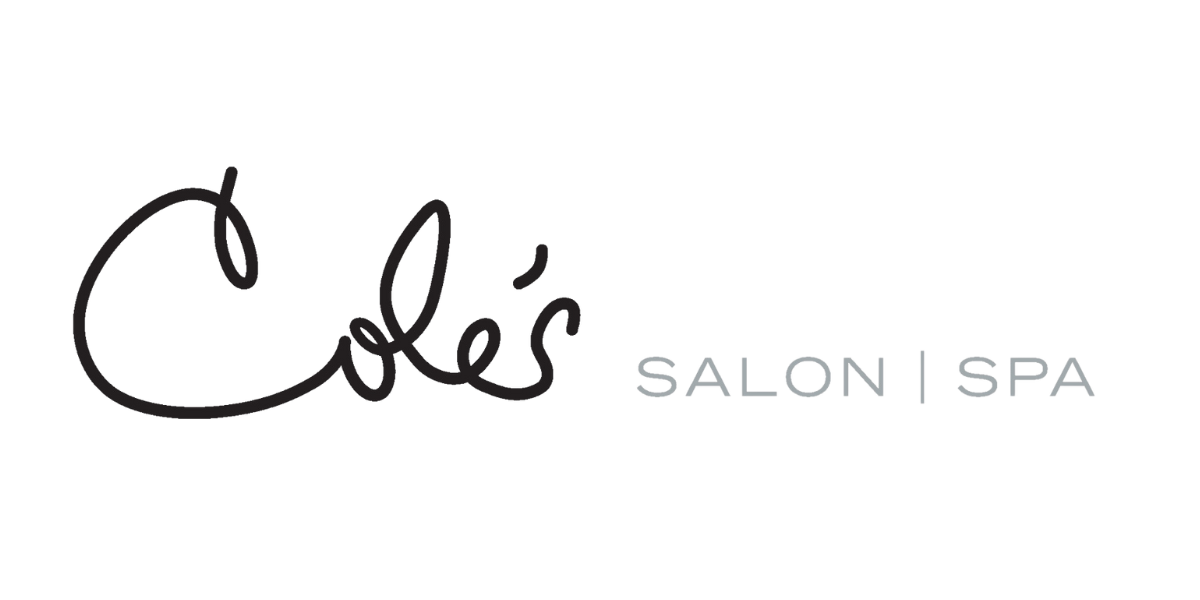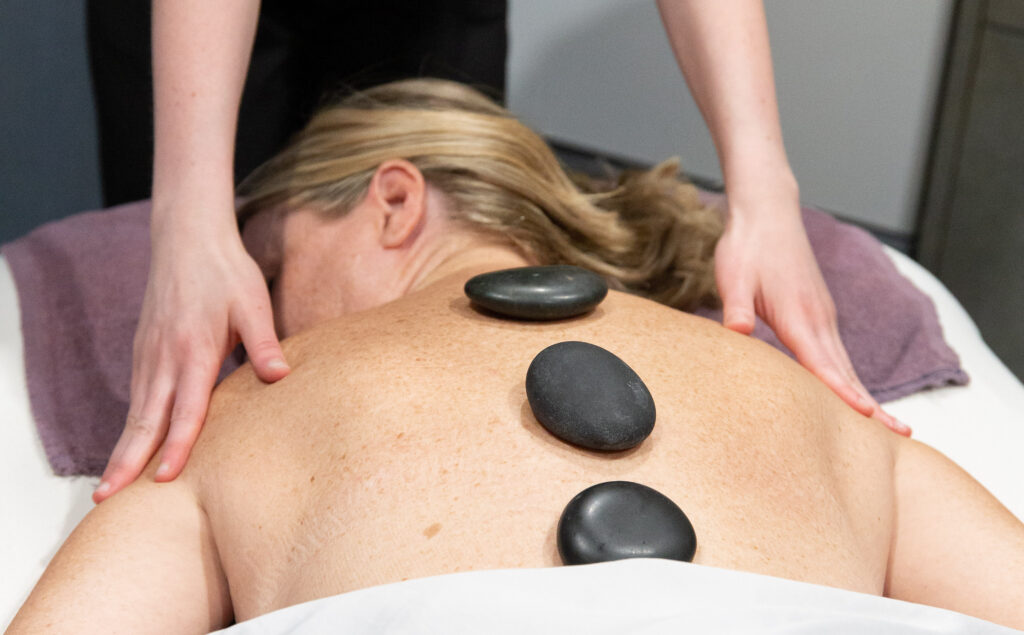Continuing our team’s education and advancing our skills is always a priority for us here at Cole’s, whether it’s learning about new hair color trends or championing new products or techniques. We had the opportunity recently to take a deep tissue massage training from an Aveda educator, and the class was packed with valuable insights.
“Our instructor had a wonderful way of blending practical expertise with a clear and accessible approach to teaching,” says Ali Gerber, one of our massage therapists at our Burnsville salon. “She reinforced important principles I’ve held while also introducing new concepts that I’m eager to explore further.”
If you’ve ever wanted to try deep tissue massage but found it a bit too intimidating — what if it hurts? will I still feel relaxed afterward? — we hear you. Here are two lessons Ali and the rest of the Cole’s team took away from the training, as well as two tips for taking better care of your muscles at home between appointments.
Deep Tissue Massage Doesn’t Have to Be Painful … In Fact, Maybe It Shouldn’t Be at All
Many of our clients associate deep tissue treatment with pain and discomfort — the kind of massage you have to grit your teeth through. Not exactly relaxing! And there’s no need for it to be that way. Effective deep tissue work can also look like techniques that respect the body’s natural response. Instead of forcing through the tension, it’s instead about working with the muscles in an intentional way that’s slow enough to get to a therapeutic depth while keeping the guest comfortable (and not jumping off the table). Going too deep too fast in some cases can cause more inflammation and actually be counterproductive, our team learned.
“This perspective was refreshing and validated my approach to creating positive and healing experiences for my guests,” Ali says. “As a practitioner, I’ve always struggled with the idea that digging in to the point of actual pain was the gold standard of ‘fixing’ the problem. The class aligned with what I believe and feel comfortable with as a service provider and helped broaden my knowledge and approach to providing deep tissue work in a way I can feel good about.”
Fascia Is Fascinating (And There’s Still A Lot We Don’t Know About It)
Fascia is the connective tissue that surrounds and supports everything in the body, from our muscles to our bones to our organs. It’s a very dense, very fibrous, very complex tissue that scientists and massage therapists alike still don’t fully understand. That said, we do know that fascia plays a role in muscle tightness, and that practitioners can help release it during deep tissue massage to provide physical relief for the client.
“The educator’s insights left me eager to continue exploring how fascia-focused techniques can enhance my practice,” Ali says. “While much is being learned about fascia’s role in the body’s movement and overall health, I’m on the side of science that believes we’ve only scratched the surface.”
Support Your Body at Home
Professional massages can be deeply beneficial to your muscular health, but there are also ways you can take care of your fascia and other tissues between appointments. Here, Allison offers a few ways you can support the health and movement of your body’s many tissues from the comfort of your own home:
- Stay Hydrated: Hydration is essential for optimal tissue health and movement. If you feel like you’re drinking plenty of water but still don’t feel fully hydrated, try adding a small amount of high-quality sea salt to your water. The sodium in salt helps your body absorb water more effectively, ensuring it reaches your cells and tissues instead of passing through too quickly. “But be mindful of balance, as overhydration without replenishing minerals can dilute essential nutrients and contribute to dehydration,” Ali says.
- Try Foam Rolling: Foam rolling is a fantastic way to alleviate tight muscles and release tension in your fascia.
“My personal favorite is a small peanut-shaped roller, which fits perfectly between the shoulder blades and along the spine without putting pressure directly on it,” Ali says. It’s a versatile type of roller that works well both on the floor and against a wall for more targeted relief. “I’m also a big believer in foot reflexology — using a small massage ball or lacrosse ball under the feet can help loosen tight tissue, improve circulation, and prevent cold feet caused by poor blood flow.”
Ready to try deep tissue massage? Book an appointment with one of our therapists and enjoy the many benefits! You can also check out our tips for preparation and post-massage care.
Ali Gerber is an esthetician and massage therapist at our Burnsville salon and has been part of the Cole’s team since 2024.





